Best Small SUVs
The best small SUVs come with the perfect combination of utility and off-road capabilities along with superior safety features. The small SUV buyers prefer these utility vehicles because they deliver generous passenger and cargo room, powerful performance as well as an attractive, sporty demeanor. If you are looking for the latest editions of the best small SUVs, we’ve got you covered! We have listed the best small rough-and-tumble sport-utility vehicles from 2016 to 2024:
1. 2024 Honda CR-V
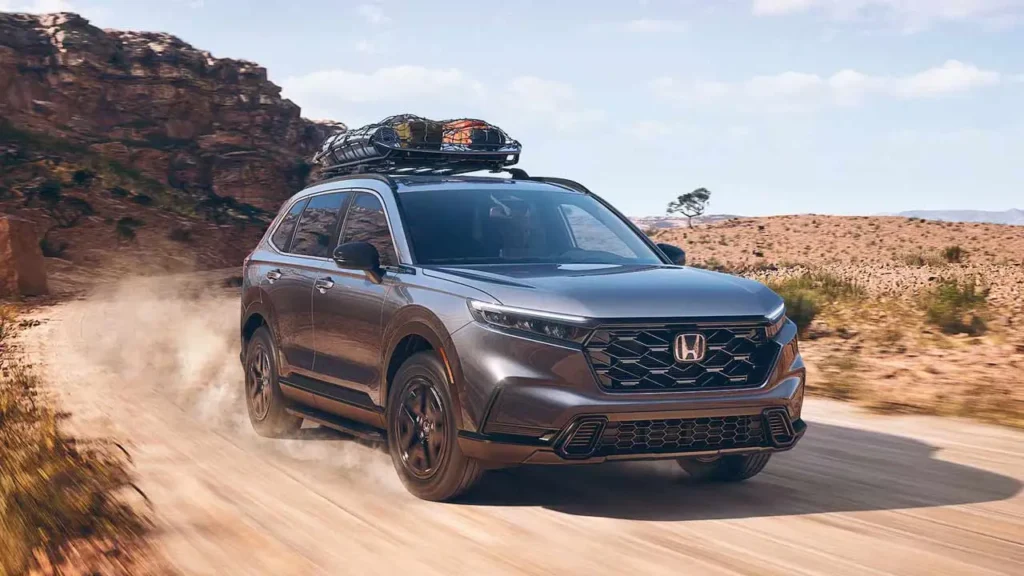
The CRV delivers consistent performance, ample space, enjoyable driving dynamics, and a choice between front- or all-wheel drive. It comes with a 190-hp turbocharged engine or an optional 204-hp hybrid version. In its base nonhybrid form, the CR-V impresses with advanced tech and safety features, complementing its excellent chassis. Among compact crossovers, the CR-V is our top pick, standing out even against strong contenders like the Mazda CX-50, Volkswagen Tiguan, and Kia Sportage.
While buying this small car, understand that it is not the best offroader on the list.
2. 2024 Mazda CX-50
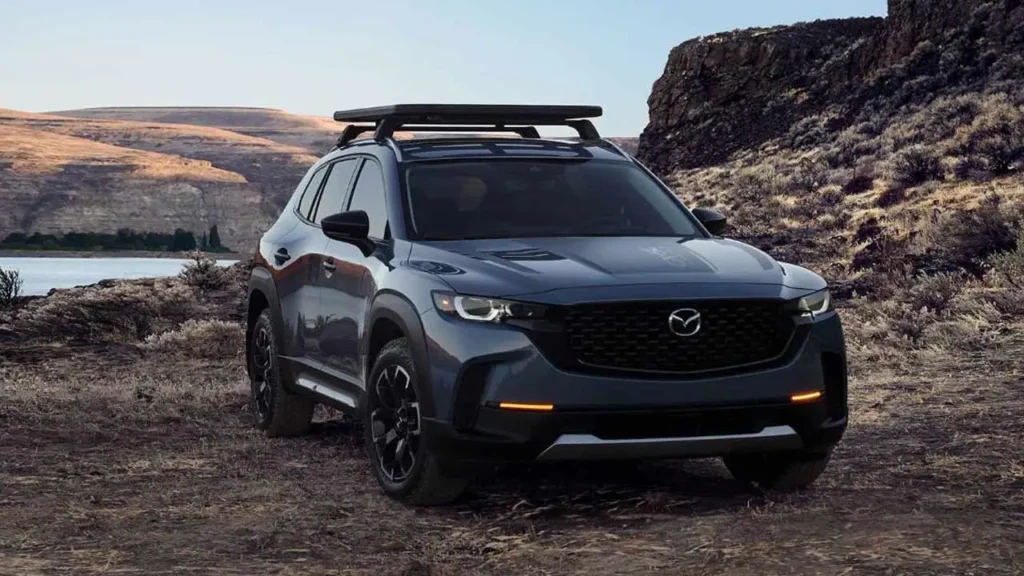
Last year, we encountered the CX-50, a new crossover that captured our hearts; it boasts a larger, more spacious design compared to its CX-5 counterpart, featuring a heightened stance and rugged aesthetics that will also attract fans of Subaru Outback and Toyota RAV4 TRD. Beneath the hood lies a naturally aspirated 187-horsepower engine in the base model, with a turbocharged 256-hp option available in higher trims.
Returning for 2024 with minor updates and fewer trim options, the CX-50 continues to deliver an impressive package with its appealing aesthetics, top-tier safety features, extensive amenities, and superior ride and handling. Despite being outsold by the Honda CR-V, which offers more space and fuel-efficient hybrids, the Mazda holds a unique allure. It should be on your shortlist for its nice looks and entertaining drive.
3. 2024 Volkswagen Tiguan
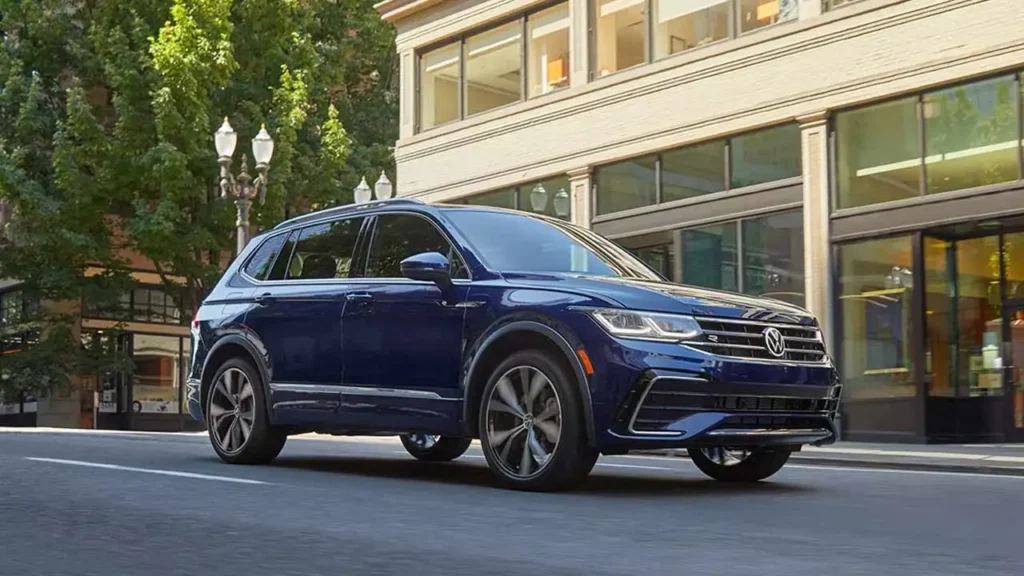
The Tiguan reigns as Volkswagen’s best-seller in the USA, thanks to its third-row option, although small, suitable for occasional use like school runs (similar to midsize cars). Its few competitors offering a third row include the Mitsubishi Outlander and slightly larger Kia Sorento. If the third row isn’t a priority, alternatives like Toyota RAV4 and Honda CR-V, both top-sellers, offer ample seating.
Despite its aging status, the Tiguan receives IQ.DRIVE driver-assistance system across all 2024 trims, along with additional features like auto-dimming rearview mirror, automatic high beams, and updated infotainment system in the base S trim. However, these upgrades come at a price, increasing the starting cost by over $1,500. With a modest 184-hp engine, the Tiguan’s appeal lies in its refined cabin and driving dynamics, but is it enough to warrant a recommendation? We will find out soon.
4. 2024 Mazda CX-5
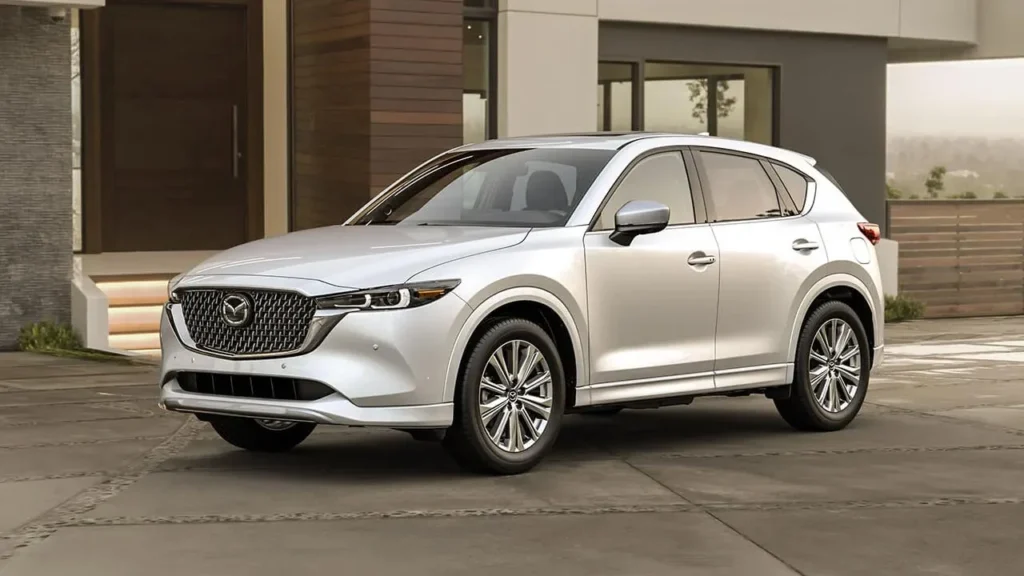
An elegant interior and smooth handling make the Mazda CX-5 a favorite compact crossover, even though it has less interior and trunk space than the Honda CR-V. Mazda addressed this with the slightly larger CX-50, introduced last year, but both models are still on the market, with some speculating that the newer one will eventually replace the CX-5 when it is retired.
Both small SUVs have the same engines – a 2.5L four-cylinder with 187 horsepower or a turbocharged version with 256 hp – but after eight years, the CX-5 remains Mazda’s best-seller in the USA. The CX-5 name carries a lot of weight, and a name is crucial – just consider the enduring Toyota RAV4, which remains the top-seller in this class, even if it isn’t the best.
5. 2022 Honda HR-V
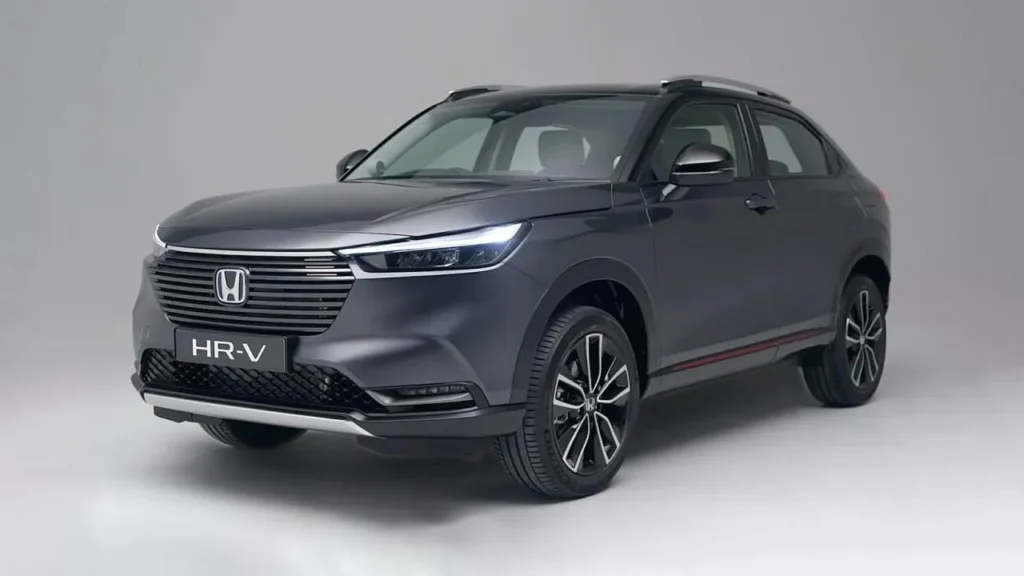
The CR-V’s little brother, the HR-V 2022 is definitely more stylish inside and out. Though it looks compact, but do not be fooled by the looks; it’s the roomiest subcompact SUV in the market. Honda introduced flipping, folding, second-row Magic Seat to bring extra flexibility. Not only this, but the steering feel, brake feel and throttle response all gone better. With a seating capacity of 5, the small SUV is accessible in 8 trims. The HR-V 2022 retains a 1.8L Single overhead cam (SOHC) inline 4-cylinder engine that produces 141 horsepower @6500 rpm and 127 ft-lbs. @ 4300 rpm.
The standard Honda HR-V for 2022 is a front-wheel drive vehicle paired with a continuously variable transmission (CVT) with an estimated EPA rating of 28/34 mpg city/highway. The standard HR-V includes a rearview camera, cruise control, and Honda’s Bluetooth system. The audio system features a 4-speaker, 160-watt AM/FM setup with a USB/auxiliary input and a 5-inch color display. The Manufacturer’s Suggested Retail Price (MSRP) for the standard model is just under $22,000.
6. 2020 Mazda CX-3
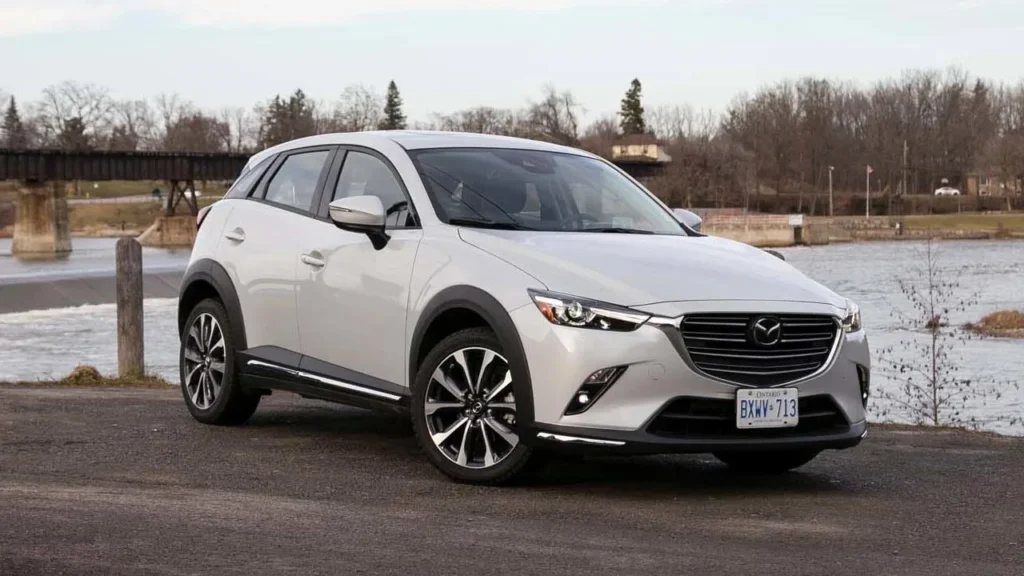
Another new-for-2020, the Mazda CX-3 is among the sportiest and most stylish best small SUVs. The only downside is the less roomy cabin compared to the HR-V and Chevrolet Trax. With that said, it is a fun to drive utility vehicle boasting state-of-the-art safety and convenience techs. The CX-3 2020 carries a 146-horsepower 2.0-liter 4-cylinder engine paired with a 6-speed automatic transmission. Accessible in 3 variants, each gives you an option to choose either front wheel or all wheel drive.
The upscale features include a push-button starter and Mazda Connect infotainment system, offering Bluetooth phone pairing, audio streaming, and USB ports for phone charging and entertainment connectivity all controlled through a knob on the console. The EPA city/highway fuel economy is 29/34 mpg (FWD) and 27/32 mpg (AWD). The price starts at around $21,740, while the range-topping Grand Touring model can cost just under $26,000
7. 2016 Kia Sorento
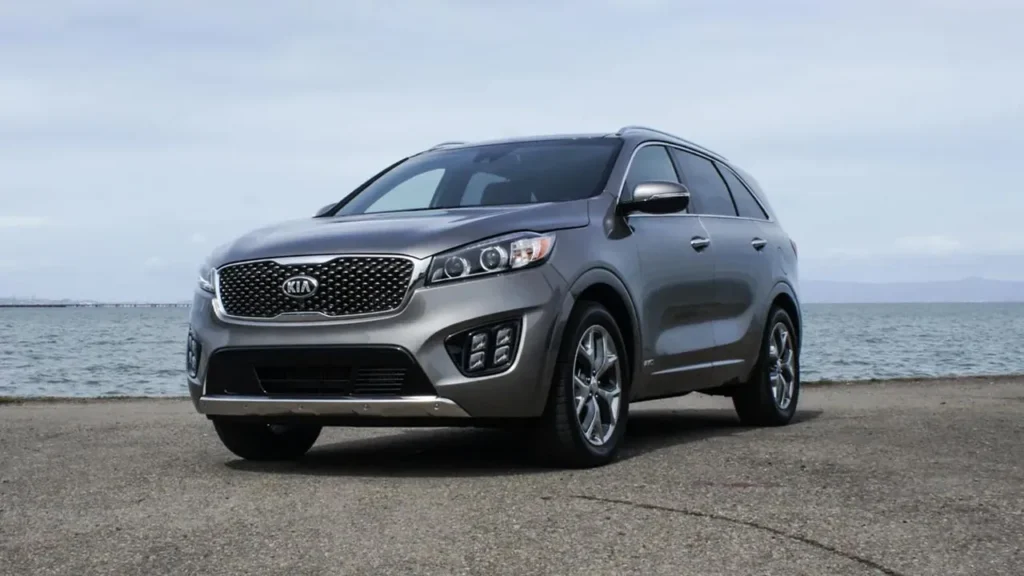
Available in five- and seven-passenger configurations, the Kia Sorento 2016 has gone better inside out, making it one of the best small SUVs of 2016. Additionally, it introduces a new turbocharged 4-cylinder engine. There are total 5 variants with 3 engine options including 2.0-liter turbocharged 4-cylinder (with 240 horsepower and 260 lb-ft of torque), the standard 2.4-liter 4-cylinder (185 horsepower, 178 lb-ft of torque, and the best fuel economy – 29 mpg on the highway) and the range-topping 3.3-liter V6 engine (290 horsepower).
The standard Sorento features a 2.4-liter 4-cylinder engine, seating for five, air conditioning, Bluetooth, a USB input, and audio and cruise controls on the tilt-telescoping steering wheel. The upper trim adds a UVO, a backup camera and sound-deadening windshield glass. The EPA city/highway fuel economy is rated as 22/29 mpg (front-wheel drive), 21/26 (AWD). The standard L models starts a little under $26,000, while the LX model bumps the price to $27,000. The 2016 Sorento Limited V6 is priced a little less than $45,000.
8. 2016 Honda CR-V
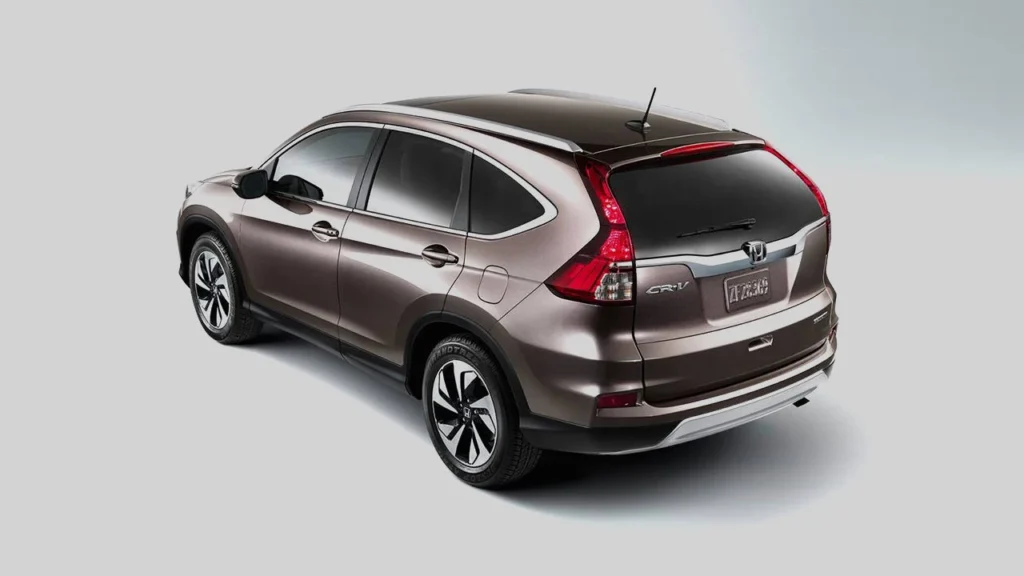
This one’s your ultimate best bet in the compact SUV category. The 2016 Honda CR-V offers lots of space and comfort for passengers along with a spacious cargo area. This vehicle is the most fuel efficient in its class delivering up to 33 miles per gallon highway. The only downside is the underpowered engine. It comes with a standard 184 hp 2.4 liter four cylinder engine. The new 2016 Special Edition (SE) comes equipped with 17-inch alloy wheels, rear privacy glass and a security system, making it a very attractive family car. Get a used Honda CR-V for sale now.
9. 2016 Mazda CX-5
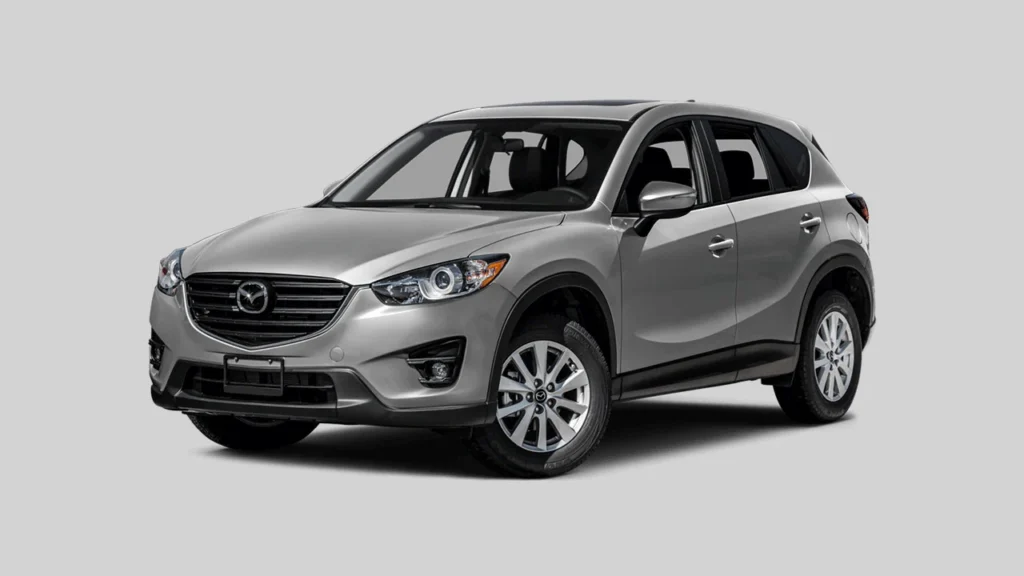
We are talking excellent fuel economy combined with some of the finest safety scores, making it one of the best small SUVs of 2016. The Mazda CX-5 is a family friendly car with comfortable backseats and a large cargo area. Of course, the utility is only enhanced by the best-in-class brakes, suspension and steering. The standard version retains a155-hp 2.0-liter inline-4 engine paired with a 6-speed manual gearbox and front-wheel drive.
The auto-equipped Sport models as well as Touring and Grand Touring variants have been upgraded to include a 184-hp, 2.5-liter inline-4. In either case, the whole drivetrain is fine-tuned to deliver maximum effectiveness. The fuel economy rating stands at 26/35 city/highway. The 2016 Mazda CX-5 is a nimble little crossover SUV that you’ll love!
10. 2016 Ford Escape
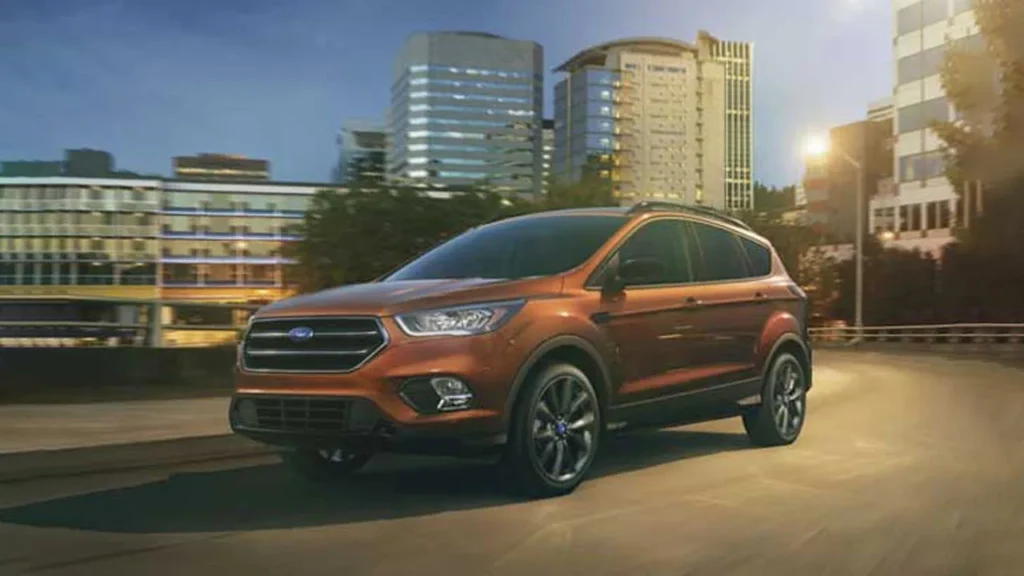
This is the perfect utility vehicle if you are looking for more power in the engine department. In fact, it gives you three powertrain options. A 168 hp 2.5L 4-cylinder is standard, while the other two options include 178 hp 1.6L turbo four and 240 hp 2.0-liter EcoBoost four-cylinder for power hungry motorists. All the engines are mated to a 6-speed automatic transmission. Also included is Ford’s latest Sync 3 touchscreen interface for enhanced usability and user-friendliness. It delivers 23/32 city/highway fuel economy rating.
11. 2016 Subaru Forester
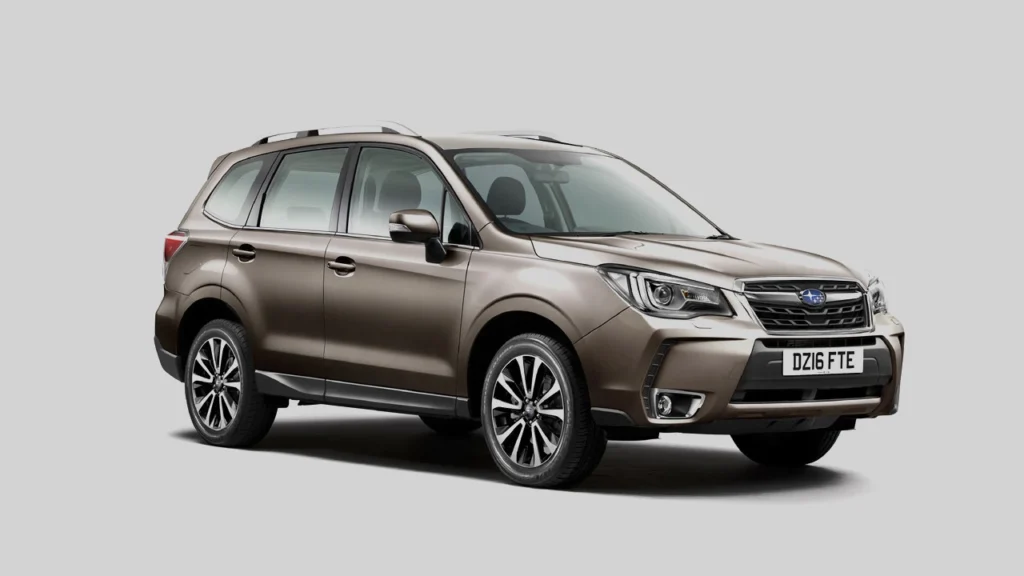
Haul all kinds of cargo, large pets, a baseball team of kids and other variety of cargo easily in the 2016 Subaru Forester. The highly versatile small SUV offers unmatched visibility and a very sensible design. The base engine delivers 170-horsepower employing a 2.5-liter flat 4-cylinder, while the more powerful 2.0XT has a 2.0-liter boxer, turbocharged direct-injection mill that delivers a very impressive 250 hp and 258 pound-feet of torque.
There is a plenty of choice for buyers, meaning 6 trims. It also comes with an updated new touchscreen tech interface in two screen sizes, which is simple to use and delivers some great entertainment options for the entire family. Also expect the standard all-wheel drive as well as brilliant fuel economy (up to 24 city / 32 highway) along with best-in-class acceleration.
12. 2016 Hyundai Tucson
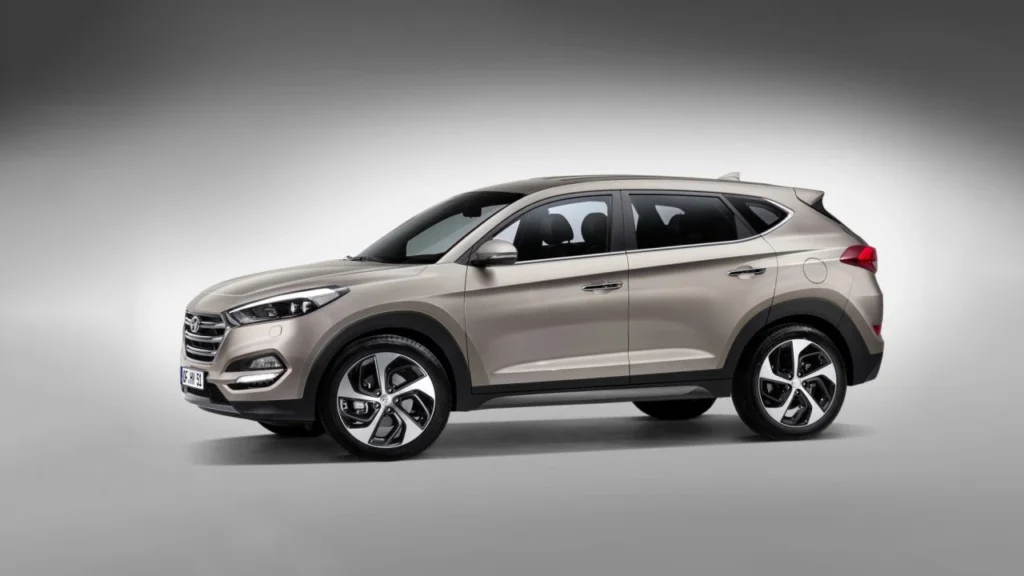
Available in 8 trims, this one delivers strictly normal fuel economy (23/31 mpg City/Highway, and 26 mpg Combined with base engine) and power delivery that can only be called glitch. So what really sets it apart? The 2016 Hyundai Tucson is the perfect small SUV because nothing else beats its affordability. It comes with a 5-year/60,000-mile warranty and 10-year/100,000-mile drivetrain warranty.
The base SE features a 160 hp 2.0 liter 4 cylinder engine paired with a 6-speed automatic. Alternatively, you can opt for 1.6L turbo that produces 175hp using a 7-speed dual-clutch transmission. So if you are looking for performance and speed, this may not be the perfect SUV. However, if all you need is comfort, space and good looks, Tucson is definitely worth a try.
Final Thoughts
Choosing the best small SUVs is a tough decision. The best in any case depends on the specific needs of the buyer. Detailed above are some of the latest and greatest compact SUVs from 2016 to 2024.











